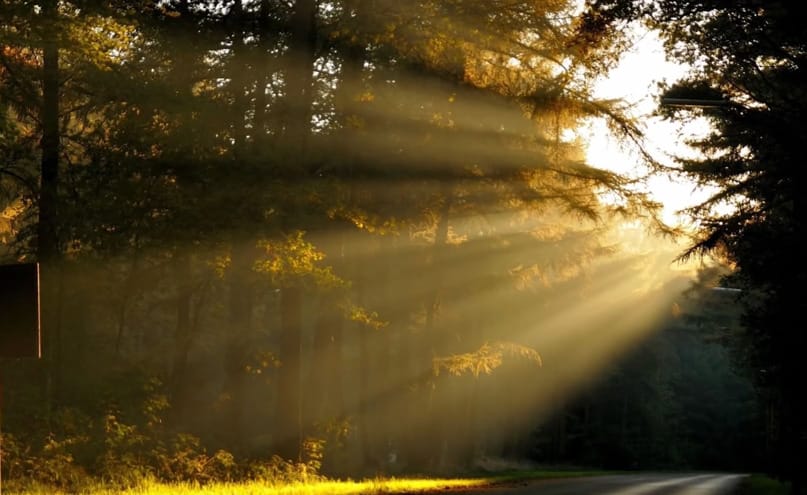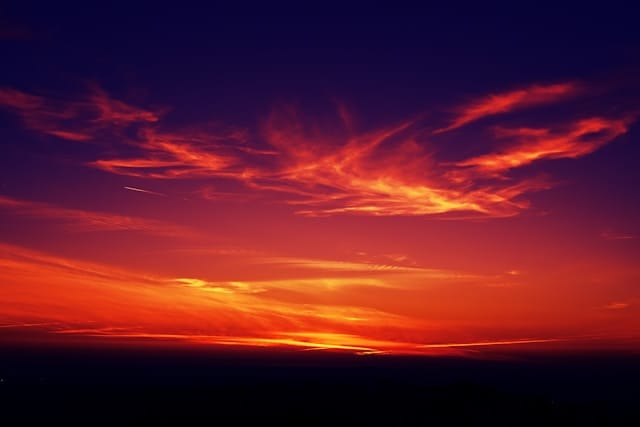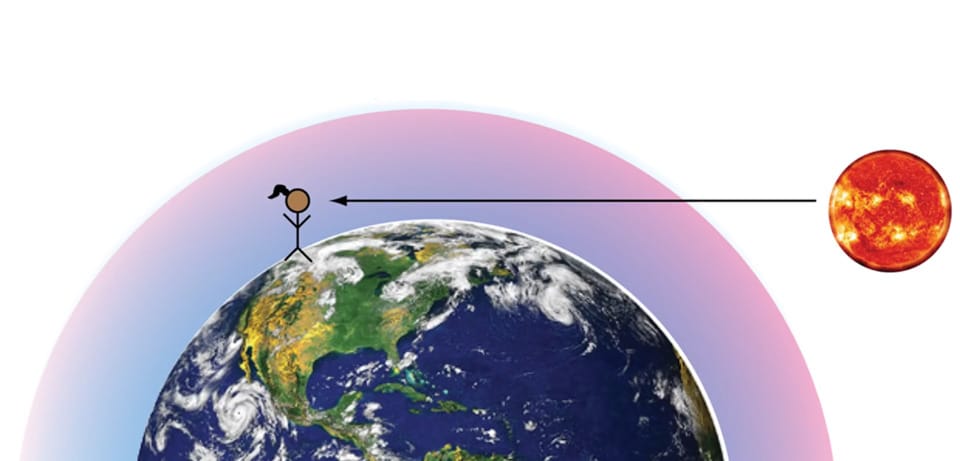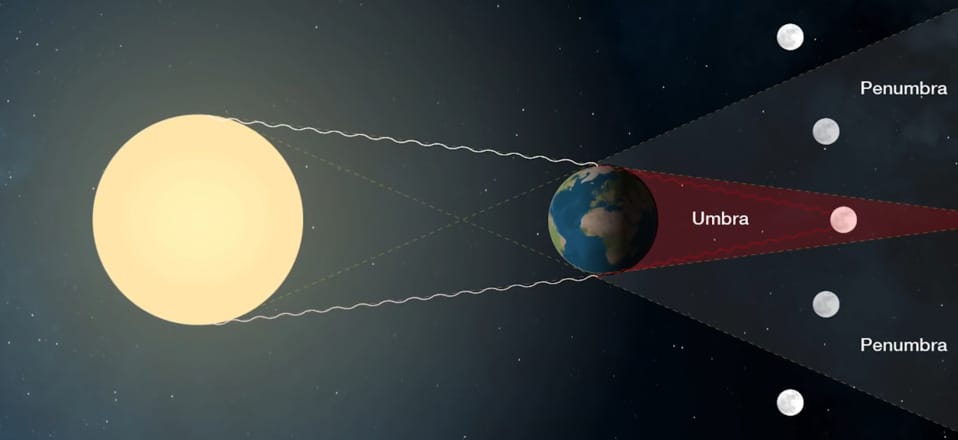Why the Sky Is Blue – Explained with Simple Science

During a total lunar eclipse, the moon appears red to us. The sky appears blue to us. In the evening, the sky appears red to us, and the clouds appear white. Why are these things this way?
So the reason the sky is blue, the sky is red in the evening, the clouds are white, all of these things are influenced by the same thing. That is Scattering. That is, the scattering of light.
We all know that sunlight is white. White light is made up of about seven different colors combined. Even though this light is everywhere during the day, we cannot see it as a beam of light. We can only see the existence of the light after it hits another object and is reflected from there.
Tyndall Effect and the Blue Sky
But on a slightly foggy morning, you can see the sunlight falling on the leaves of a tree as beams. So the reason for this is that on a foggy morning like this, there are water droplets scattered throughout the atmosphere, and the light falling on these water droplets is scattered. When this light is scattered in this way, we can see it as a beam. We call this the Tyndall Effect.

Why Clouds Look White
When white sunlight hits clouds, it is scattered by the relatively large water droplets inside them. That is why we can see these clouds as white.

Why the Sky Is Blue
Our atmosphere is filled with tiny dust particles, tiny gas molecules, and other tiny particles. These also scatter light. But when light is scattered by these tiny particles, it is mostly light with short wavelengths that is scattered.
So when sunlight hits our atmosphere, these tiny particles scatter more of the shorter-wavelength blue light. This is why we see the sky as blue.

What Is a Blood Moon?
In the evening, sunlight travels a long way through the atmosphere before reaching our eyes. As it travels, very small particles in this atmosphere scatter short-wavelength blue light and it reaches other parts of the Earth. So this is why only red light, which is scattered less, can reach our eyes in the evening. This is why the evening sky appears red to us. So after hearing all these details, you can easily imagine why the moon appears red to us during a total lunar eclipse.

Why the Moon Turns Red
During a total lunar eclipse like this, the moon enters the Earth's shadow. But only a small amount of sunlight that passes through Earth's atmosphere reaches the surface of the moon.

When sunlight passes through the Earth's atmosphere, the blue light is scattered and completely passed away. Only the red light, which is scattered very little, reaches the surface of the Moon.
That's why we see the moon red during a total lunar eclipse, which is why we call it the Blood Moon.
